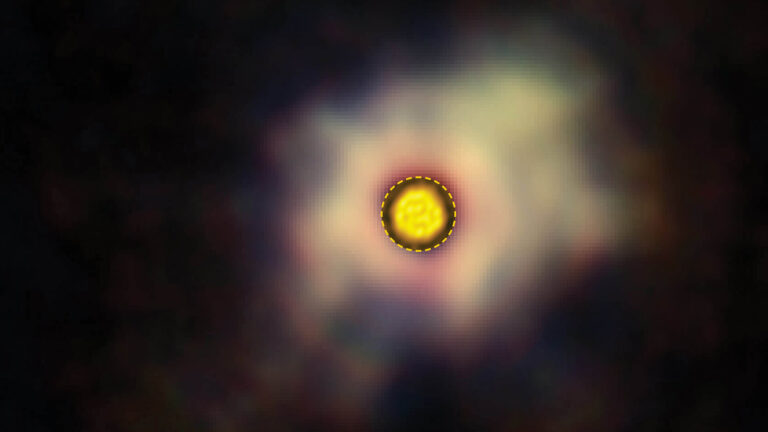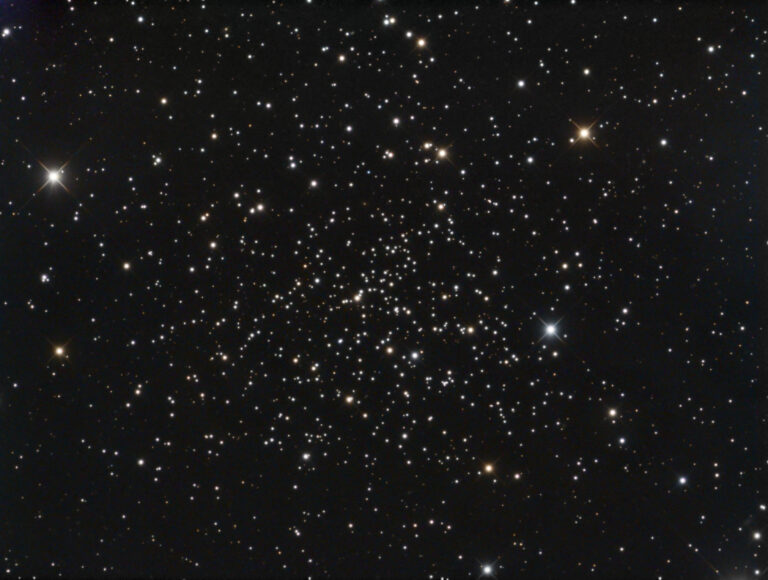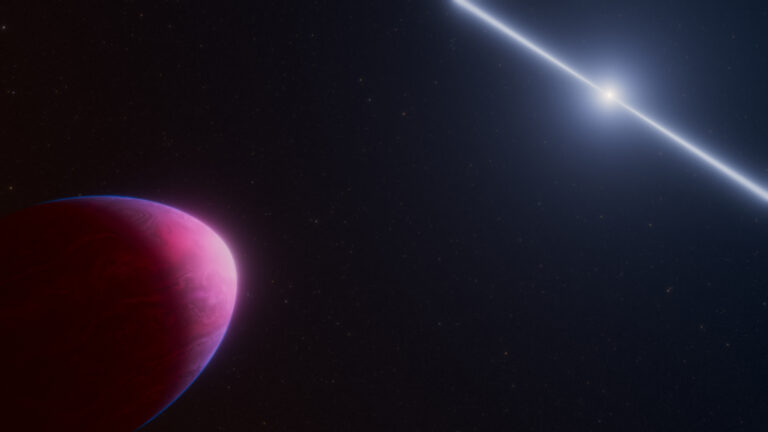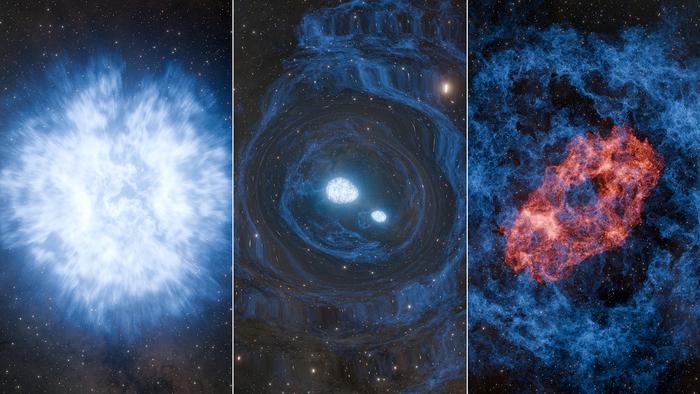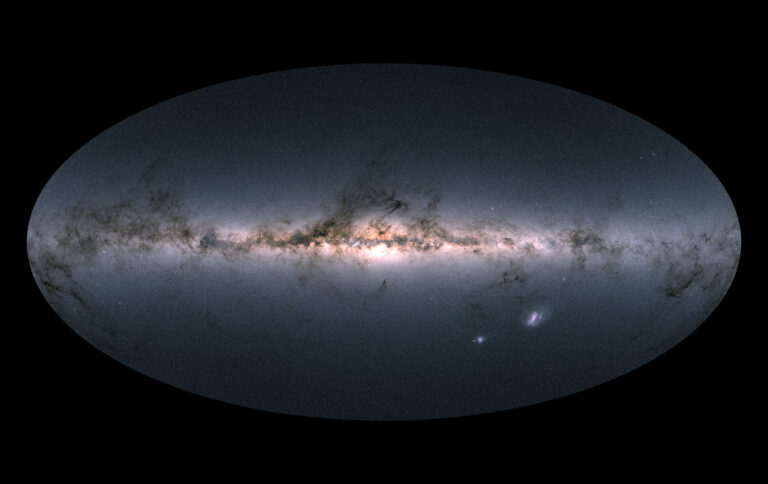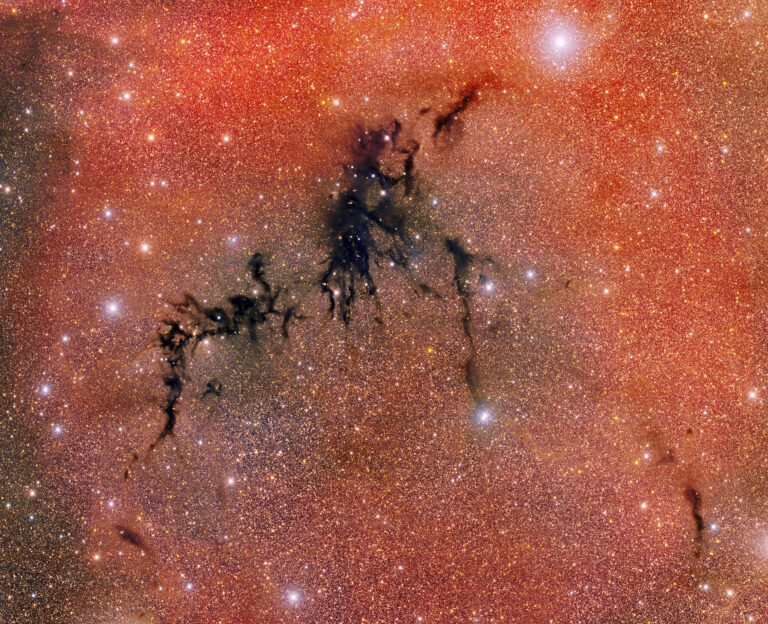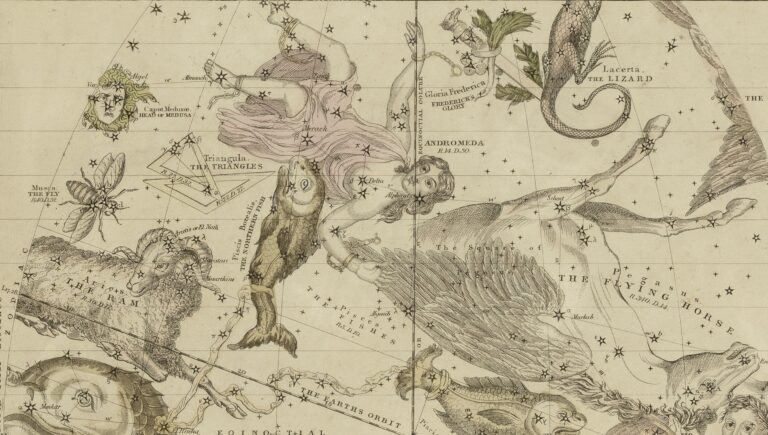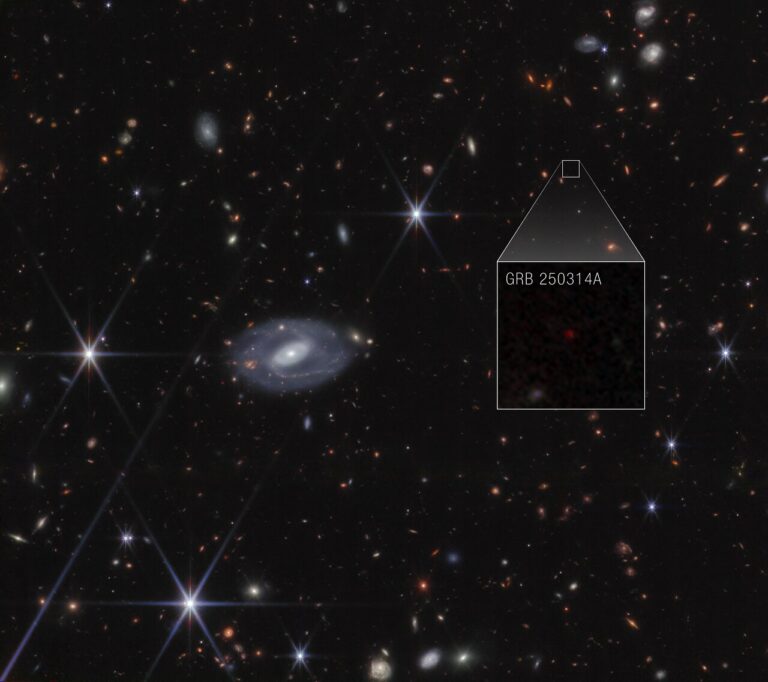Key Takeaways:
W hat’s your first star memory? You probably observed the three luminaries of Orion’s Belt before anything else. Most kids notice it even before the Big Dipper or, in places Down Under, the Southern Cross. There’s nothing else like it in the heavens. Moreover, unlike other eye-catching constellations, Orion lies on the celestial equator. It alone stands visible throughout the world.
Because the Belt stars are fairly bright at 2nd magnitude, matching Polaris and six of the seven Big Dipper stars, Orion successfully withstands most light pollution. It isn’t visible from Beijing but does appear over New York’s Times Square.
To the ancient Sumerians, Orion was a sheep. But most cultures visualized a human. Not necessarily a hunter, of course; the starry shape would just as easily fit a vegetarian or a dental hygienist. Still, widely separated civilizations like the Greeks and the natives of Mexico called it a hunter. The Chinese, as usual, went their own way. They always broke stars into small groupings and regarded the Belt as unrelated to the rest of the constellation.
In March and early April from the Northern Hemisphere, Orion stands high at nightfall. (From below the equator, it appears upside down, as if the Hunter has inexplicably taken up yoga.) When you next observe it this spring, consider the spacing of the Belt stars. The middle one, Alnilam (al-NY-lam), appears perfectly centered between Mintaka (MIHN-tah-kah) on the right and Alnitak (al-NY-tak) on the left. Couldn’t be better. As for its geometrical straightness, only type-A Virgo nitpickers would complain that Alnilam sits ever so slightly below an imaginary chalk line snapped between the extremity stars. In Arabic, all three, well matched in brightness, translate to “belt” or “girdle.” It’s the sky’s only article of clothing. No one’s ever said, “Oh look, there’s Andromeda’s underpants,” or, “Perseus’ sneakers look pretty ratty.”
Astrometric measurements from the Hipparcos satellite show that Alnilam, at a hefty 1,340 light-years away, lies significantly farther than the other two. It must therefore be much more intrinsically brilliant. Turns out, it shines with the same light as 375,000 Suns. Of all the night’s stars with proper names, it’s the most luminous.
THE MIDDLE STAR, ALNILAM, APPEARS PERFECTLY CENTERED BETWEEN MINTAKA ON THE RIGHT AND ALNITAK ON THE LEFT.
Placed so unmistakably in the center of Orion’s Belt, Alnilam is one of the 57 stars used in navigation. If only all the rest of that Heinz variety were so easy to locate, the back-to-nature crowd might be tempted to toss their GPS units.
While the entire Belt hovers within 2° of the zenith for observers at the equator, Mintaka has a 0° declination. It is the nearest bright star to the celestial equator, missing it by a negligible 0.3°. When viewed on a long-exposure photo, other stars make circles or arcs as they travel; Mintaka crosses the sky in a straight line. This luminous mile marker reveals the dividing line between the Northern and Southern Hemispheres.
The final Belt member, Alnitak, enjoys its own superlative too. It is the sky’s brightest O-class star, that rare ultra-hot category. These stars are automatically young — because they die relatively quickly. Alnitak conjures that line from Blade Runner: “The light that burns twice as bright burns half as long — and you have burned so very, very brightly …”
If you follow the Belt down and left this spring, it takes you to blue Sirius, the Dog Star. The brightest nighttime star, it’s surpassed this winter by creamy Jupiter, much higher, which shines six times more brightly. If you follow the Belt the opposite way, up and right, it takes you to a vertical line of faint stars that make up Orion’s … well, what is it, exactly?
Unimaginatively named Pi1 (π1), Pi2, Pi3, Pi4, and then, after a gap, Pi5 and Pi6, this star stream looks like a large shield Orion wields as he does battle. We probably all see it that way. Except he’s not a warrior but a hunter, and what huntsman carries a shield? Maybe he’s stalking porcupines.
Through binoculars, the bright Belt stars are embedded in a wonderful diffuse star cluster that only goes by the designation Collinder 70. From excellent skies and with just the naked eye, this group appears as a strange glow surrounding the Belt. When eyes become dark-adapted, individual members of this wondrous cluster flicker in and out of sight. I regard the ability to see these little cluster stars as a stringent test of an observing site’s purity, although many people don’t even know it exists. Its relative anonymity is odd indeed. You’d think its easy location and richness would merit equal status with the Beehive and other famous clusters.
On every level — lore, mythology, science, observing challenges — the Belt of Orion lives up to the intrigue it visited upon us as kids, on those cold nights long ago.
Contact me about my strange universe by visiting http://skymanbob.com.


